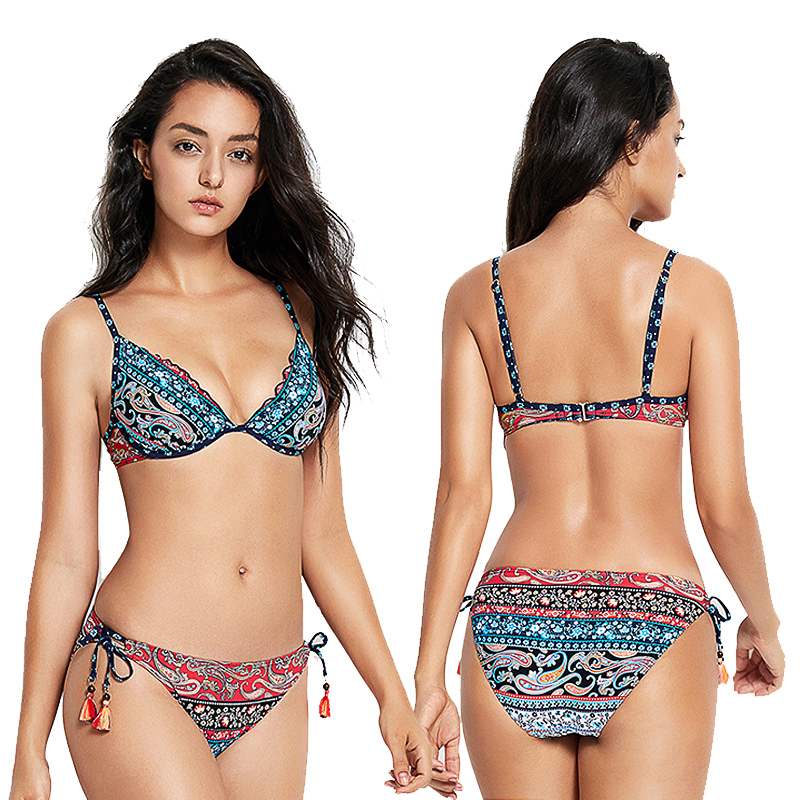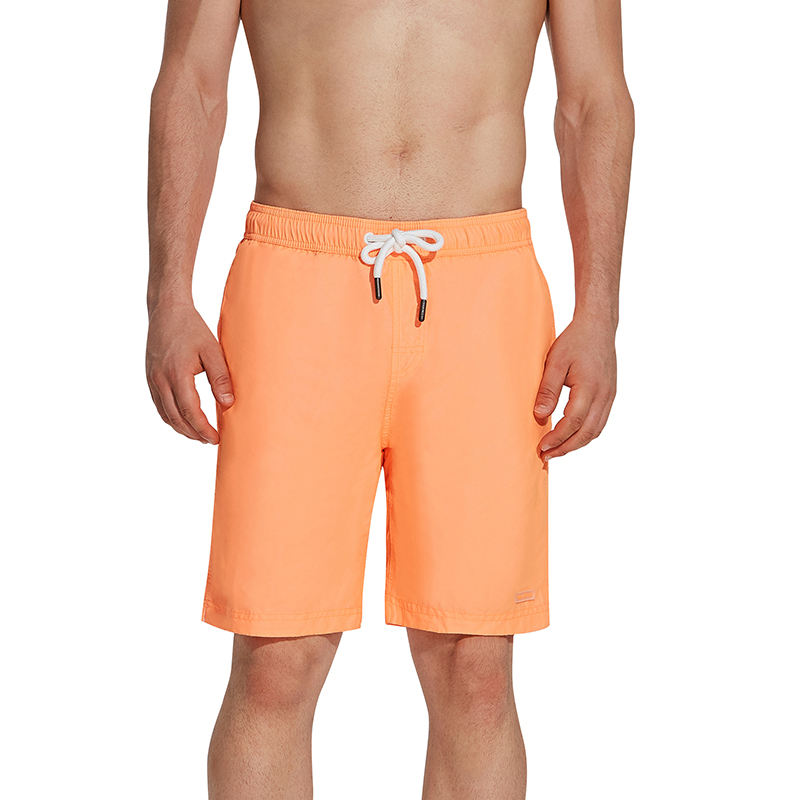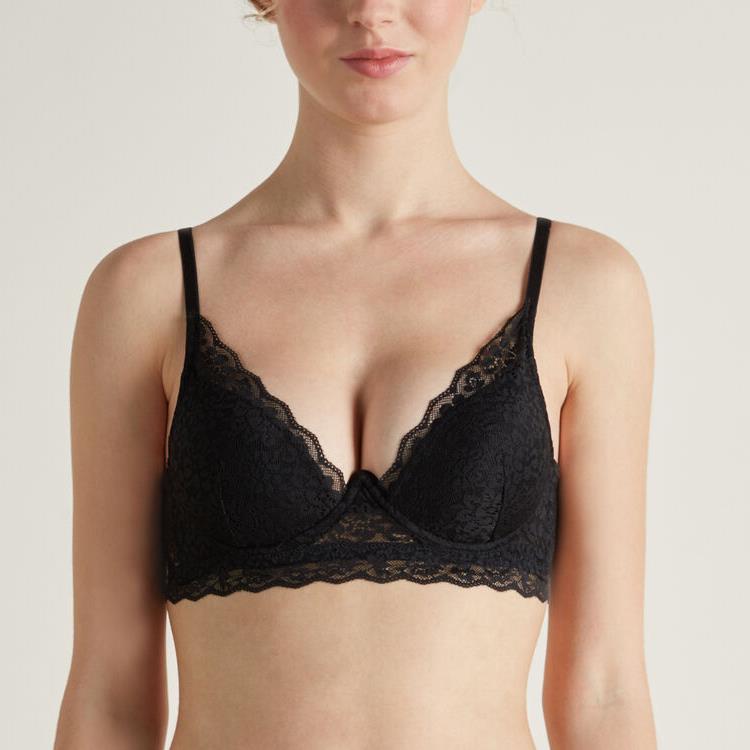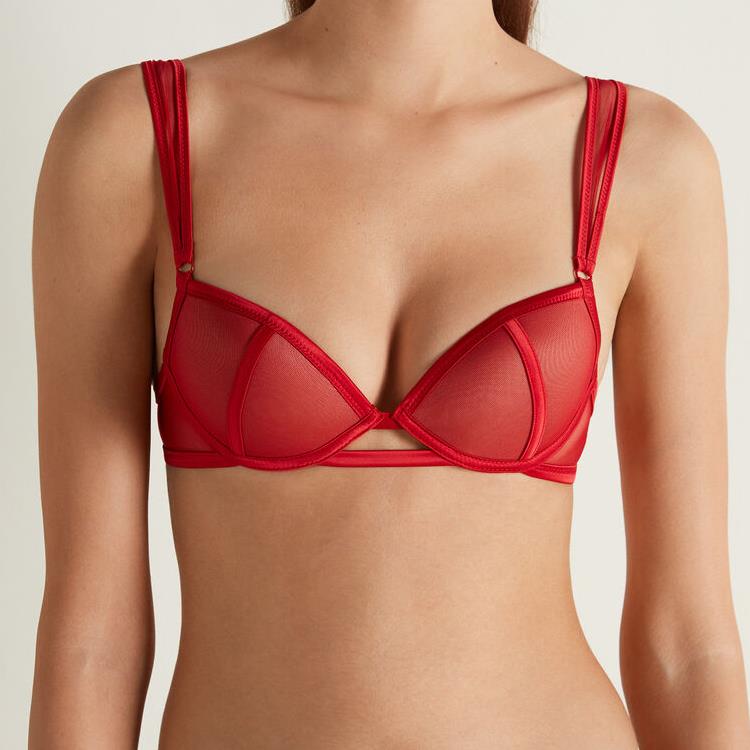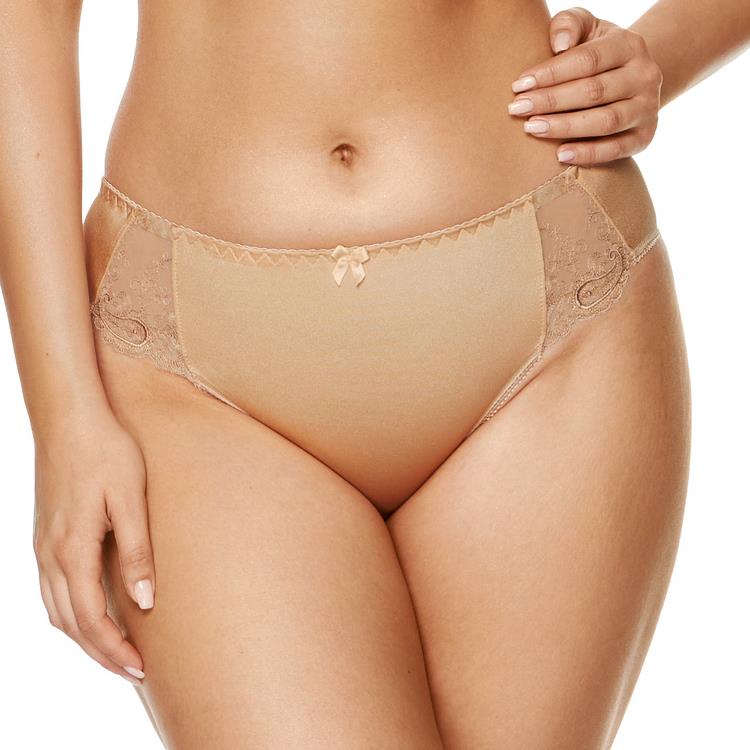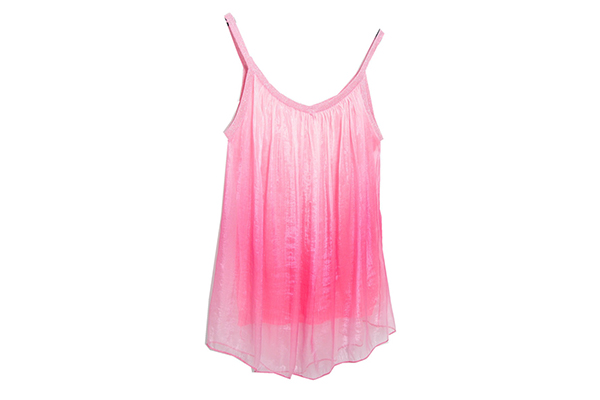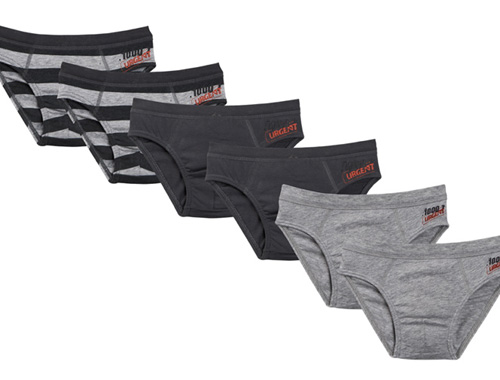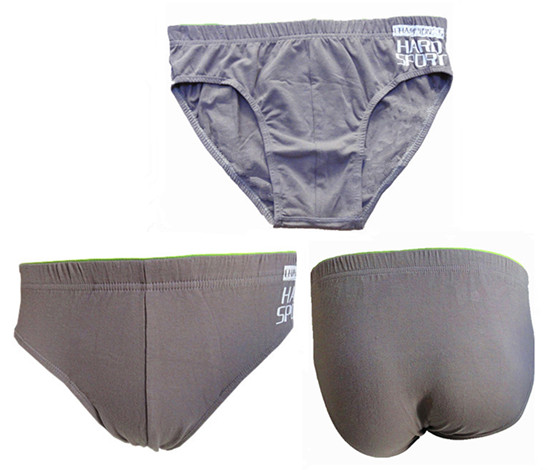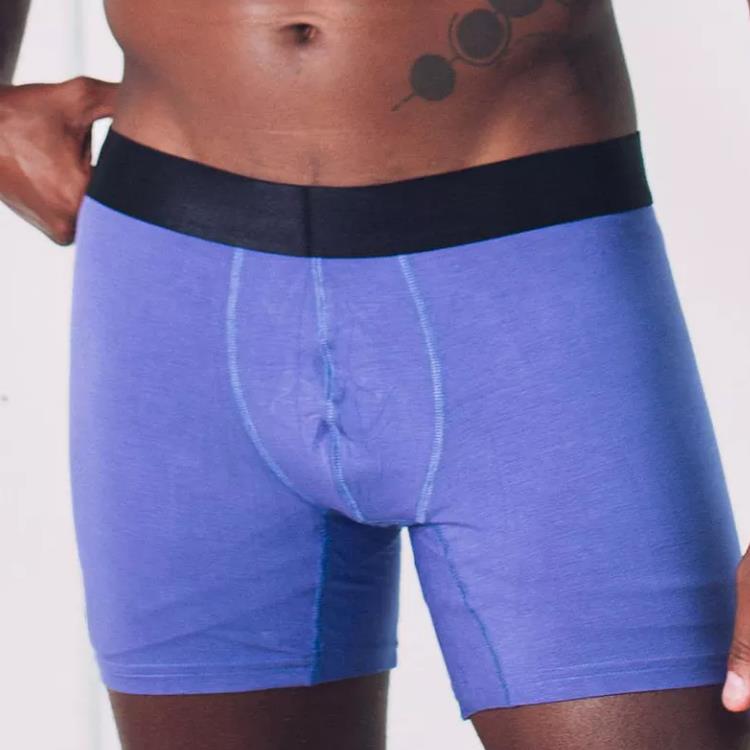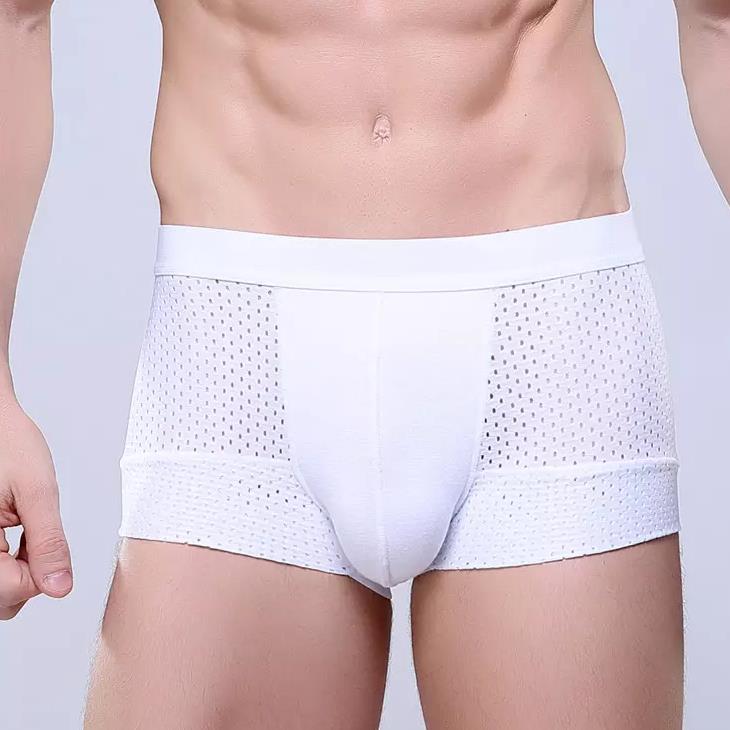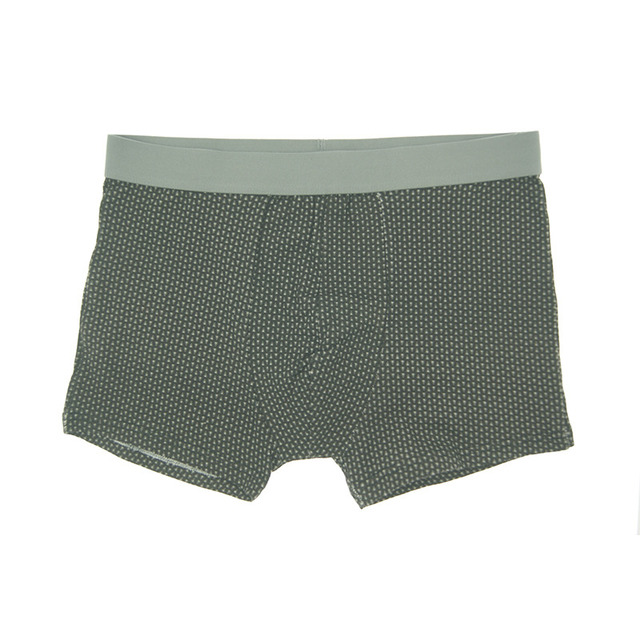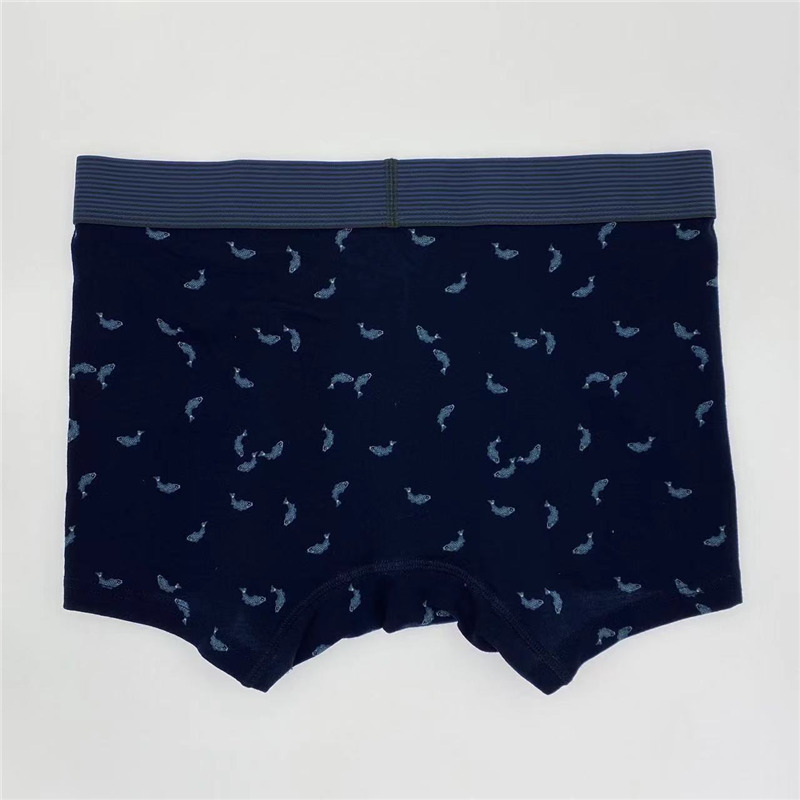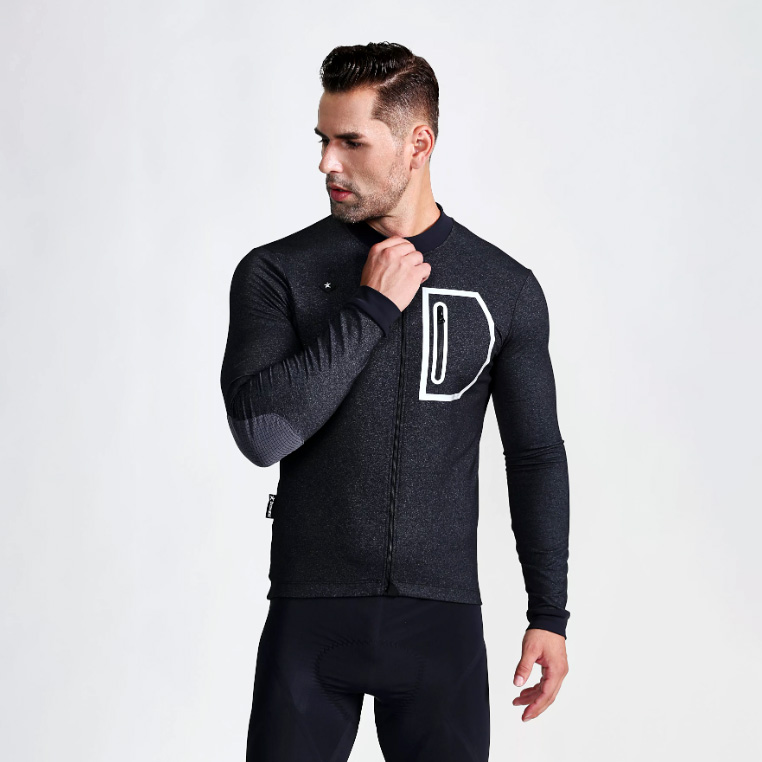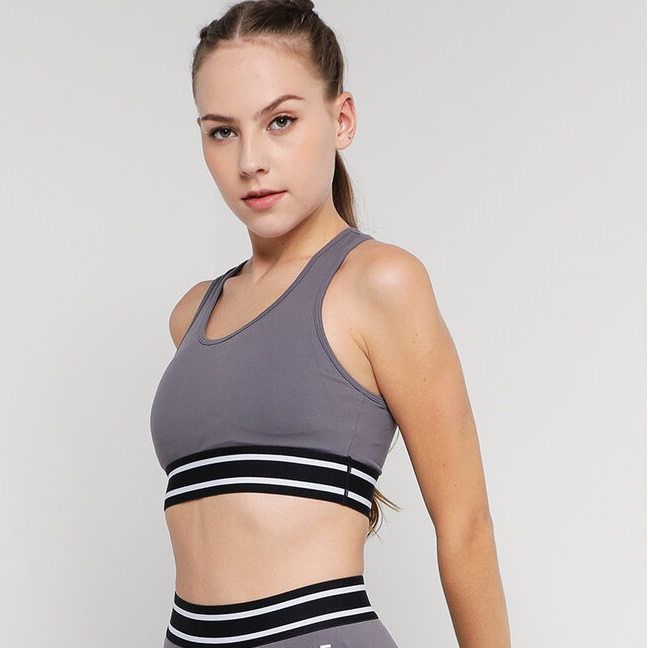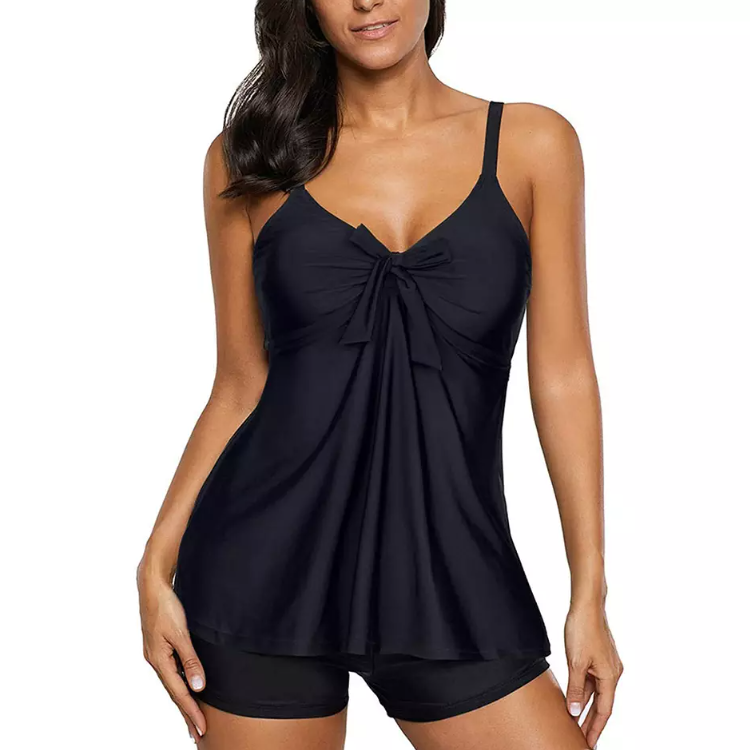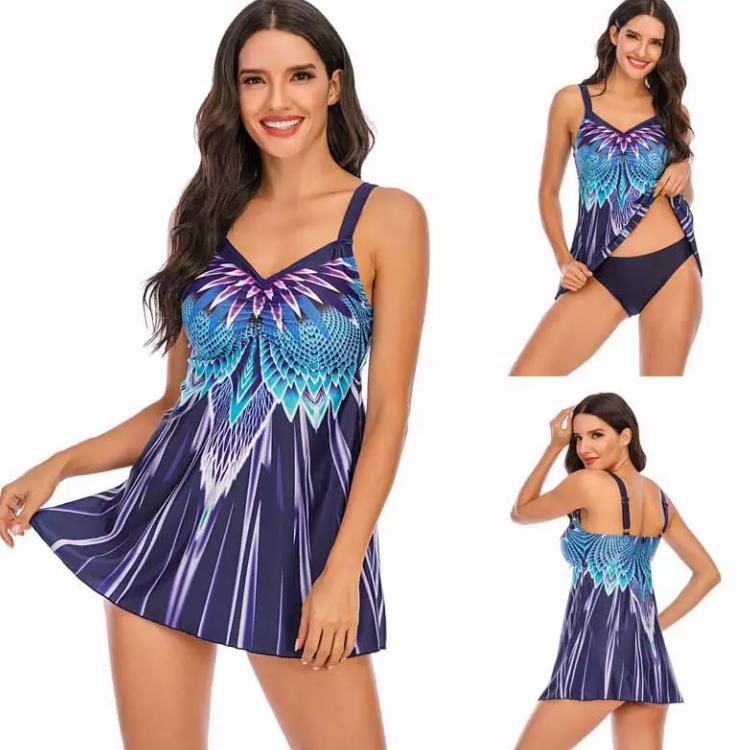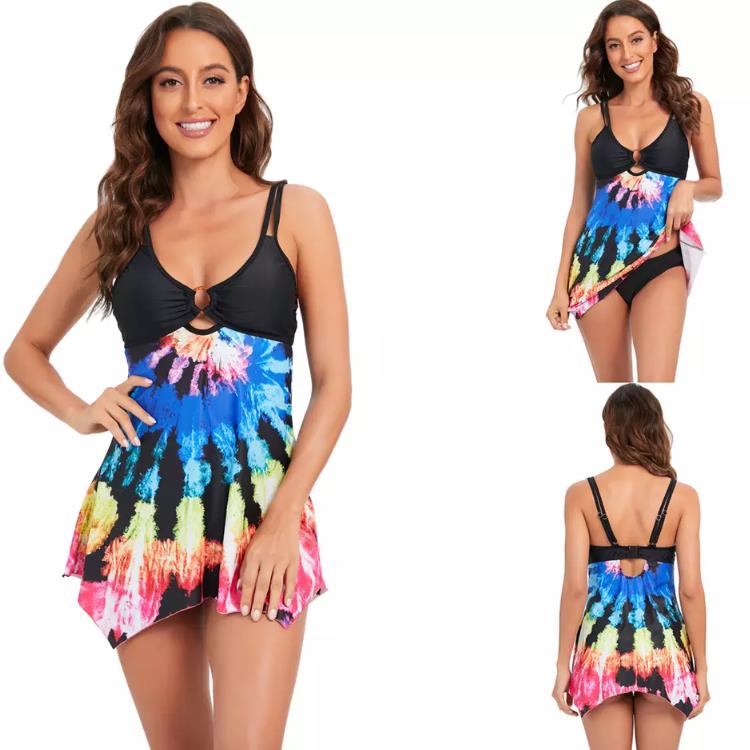
Discover the secret to high-quality swimwear with the best elastic that will keep you feeling secure and stylish all summer.
Introduction to Swimwear Elastic
When it comes to swimwear, one of the crucial components that determine its quality and durability is the elastic used in its construction. In this section, we will delve into the significance of swimwear material and how high-quality elastic plays a pivotal role in ensuring comfort and fit in your swimsuit.
Why Elastic Matters
Elastic is like the unsung hero of your swimwear. It's the stretchy material that allows your swimsuit to hug your body without being too tight or uncomfortable. Imagine trying to swim in a suit that doesn't stretch - not very practical, right?
What Makes Elastic High-Quality
Not all elastics are created equal. High-quality swimwear elastic is designed to withstand the harsh conditions of chlorinated pools and salty oceans while retaining its stretch and shape. It should provide a secure yet comfortable fit, ensuring your swimsuit stays in place no matter how active you are.
Types of Elastic Used in Swimwear
When it comes to creating high-quality swimwear, the type of elastic used plays a crucial role. Different elastics offer varying levels of stretch, durability, and comfort. Here are some of the most commonly used types of elastic in swimwear:
Rubber Elastic
Rubber elastic is known for its excellent stretch and recovery properties, making it a popular choice for swimwear. This type of elastic offers a snug fit and helps the swimwear maintain its shape even after multiple uses in the water. Rubber elastic is also resistant to degradation from chlorine and saltwater, making it a durable option for swimwear.
Spandex (also known as Lycra or Elastane)
Spandex is another popular choice for high-quality swimwear elastic. It provides exceptional stretch and flexibility, allowing for freedom of movement while swimming. Spandex is lightweight, breathable, and quick-drying, making it a comfortable option for swimwear. Additionally, it is resistant to chlorine and UV rays, ensuring durability and longevity.
Polyester Elastic
Polyester elastic is a strong and durable option for swimwear. It offers good resistance to chlorine and saltwater, making it ideal for swimwear that will be used frequently in pools or the ocean. Polyester elastic is also colorfast and maintains its shape well, even after repeated exposure to water and sun. This type of elastic is a reliable choice for long-lasting swimwear.
Features of the Best Elastic for Swimwear
When it comes to choosing the best elastic for swimwear, there are certain features that you should look out for. These features play a crucial role in ensuring the durability and performance of your swimwear. Let's dive into the key characteristics that the best elastic for swimwear should have:
Chlorine Resistance
One essential feature of high-quality swimwear elastic is chlorine resistance. Chlorine is commonly found in pools to keep the water clean, but it can be harsh on fabrics and elastics. Opting for elastic that is chlorine-resistant will help your swimwear maintain its shape and elasticity even after repeated exposure to pool water.
Saltwater Resistance
Similarly, saltwater resistance is another important feature to consider in swimwear elastic. If you frequent the beach or swim in the ocean, your swimwear elastic should be able to withstand the effects of saltwater. Saltwater-resistant elastic ensures that your swimwear remains in top condition even in saltwater environments.
UV Protection
UV protection is a key feature in high-quality swimwear elastic. Exposure to the sun's harmful UV rays can cause damage to fabrics and elastics, leading to fading and deterioration. Opting for elastic that offers UV protection will help prolong the life of your swimwear by providing an additional layer of defense against UV radiation.
By choosing swimwear elastic that possesses these features, you can ensure that your swimwear remains durable, comfortable, and long-lasting, even with regular use in various aquatic environments.
Choosing Premium Elastic for Swimwear
When it comes to creating high-quality swimwear, choosing the right elastic is crucial. The elastic used in swimwear plays a significant role in ensuring comfort, fit, and durability. Here's a guide on how to select the best elastic for making top-notch swimwear.
Assessing the Quality
Before deciding on which elastic to use in swimwear, it's essential to assess the quality of the material. Look for elastic that is known for its durability, elasticity, and ability to withstand harsh conditions like chlorine and saltwater. Testing the stretch and recovery of the elastic can help determine its quality and longevity.
Reputable Brands
Choosing elastic from reputable brands can also ensure that you are using high-quality materials in your swimwear. Brands that specialize in producing premium elastic for swimwear are more likely to provide durable and reliable products that meet the standards of high-quality swimwear. Some well-known brands in the market include Xtra Life Lycra, Creora HighClo, and Invista.
Maintaining Swimwear Elastic
When you have a fabulous swimsuit with high-quality elastic, you want to make sure it stays in top shape for as long as possible. Here are some tips on how to care for your swimwear to preserve the elastic and ensure that it lasts longer.
Proper Washing Techniques
To keep the elastic in your swimwear at its best, it's essential to wash it properly. Always hand wash your swimsuit in cold water with a mild detergent. Avoid using harsh chemicals or bleach as they can damage the elastic. Gently squeeze out excess water without wringing or twisting the fabric, as this can stretch out the elastic. Rinse well and lay flat to dry away from direct sunlight.
Drying and Storing Swimwear
After washing, the best way to dry your swimwear is by laying it flat on a towel. Avoid hanging your swimsuit as this can cause the elastic to stretch out. Additionally, never put your swimwear in the dryer, as the heat can damage the elastic fibers. Once your swimsuit is dry, store it flat in a drawer or on a hanger away from direct sunlight to prevent the elastic from deteriorating.
Conclusion
In conclusion, the type of elastic used in high-quality swimwear plays a crucial role in ensuring comfort, fit, and durability. By understanding the different types of elastic available and their unique properties, you can make an informed decision when choosing the best elastic for your swimwear.
Key Takeaways
When it comes to selecting the best elastic for swimwear, consider factors such as chlorine resistance, saltwater resistance, and UV protection. These features contribute to the overall quality and longevity of your swimwear.
Remember to assess the quality of the elastic before making a purchase and opt for reputable brands known for producing high-quality swimwear materials. By following proper care and maintenance techniques, you can extend the lifespan of your swimwear elastic and enjoy your favorite swimsuit for seasons to come.
Investing in premium elastic options for your swimwear is essential for achieving the perfect balance of comfort and durability. Choose wisely and enjoy the benefits of high-quality swimwear elastic in your next beach adventure!
Frequently Asked Questions (FAQs)
How do I know if my swimwear has good elastic?
To determine if your swimwear has good elastic, look for elastic that feels firm but still stretches easily. High-quality elastic should retain its shape and elasticity even after repeated use. If the elastic in your swimwear feels loose, stretched out, or does not bounce back to its original shape, it may be a sign that it is not of good quality.
Can I replace the elastic in my swimwear?
Yes, it is possible to replace the elastic in your swimwear to extend its life. You can take your swimwear to a professional tailor or seamstress who can replace the elastic for you. Alternatively, if you are handy with a needle and thread, you can also replace the elastic at home. Just make sure to choose a high-quality elastic that is suitable for swimwear to ensure proper functionality.
What are the signs of worn-out elastic in swimwear?
Signs of worn-out elastic in swimwear include visible fraying, loss of elasticity (the elastic does not stretch as it should), sagging of the fabric, or the elastic snapping when stretched. If you notice any of these signs, it is time to consider replacing the elastic in your swimwear to maintain its fit and comfort.














